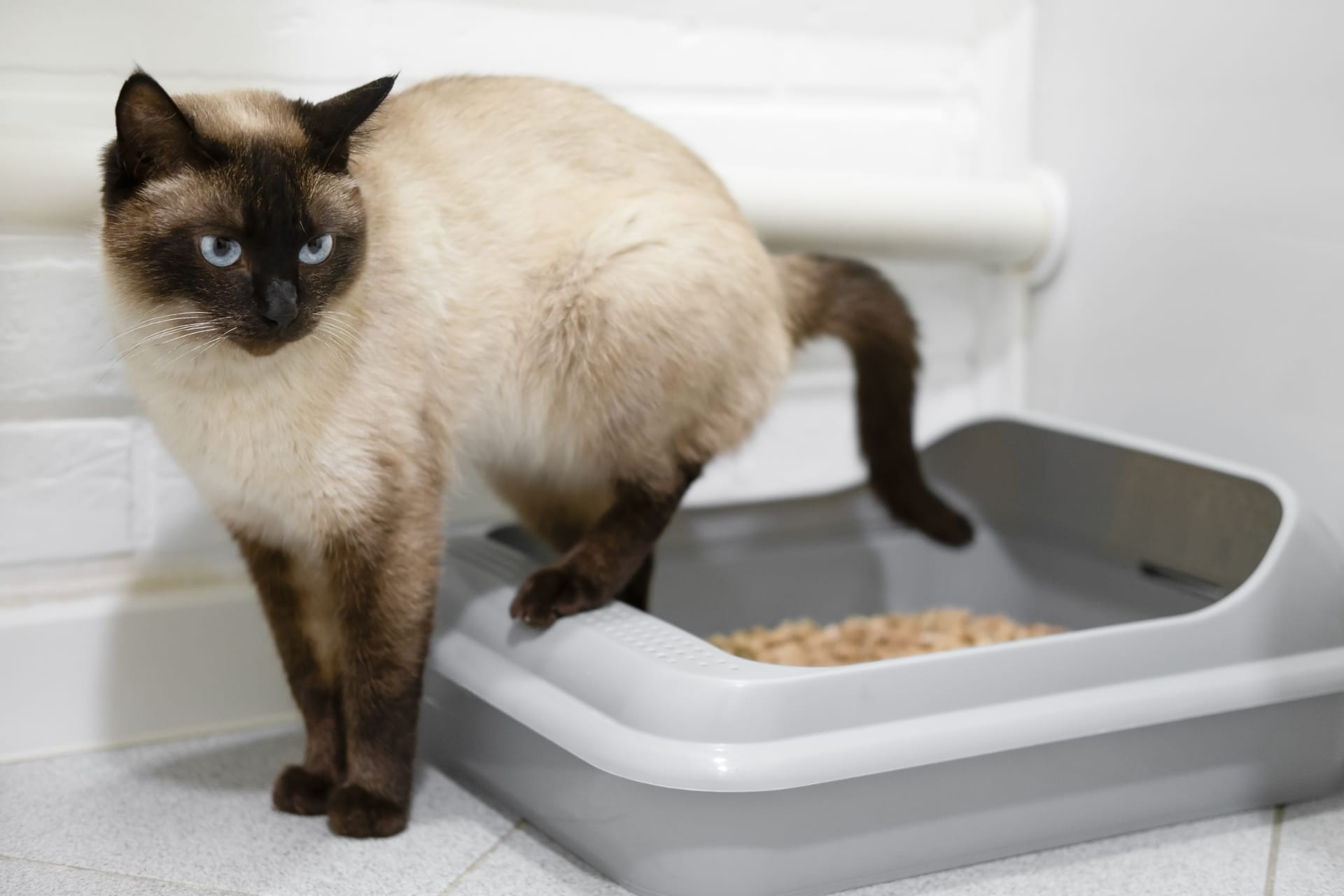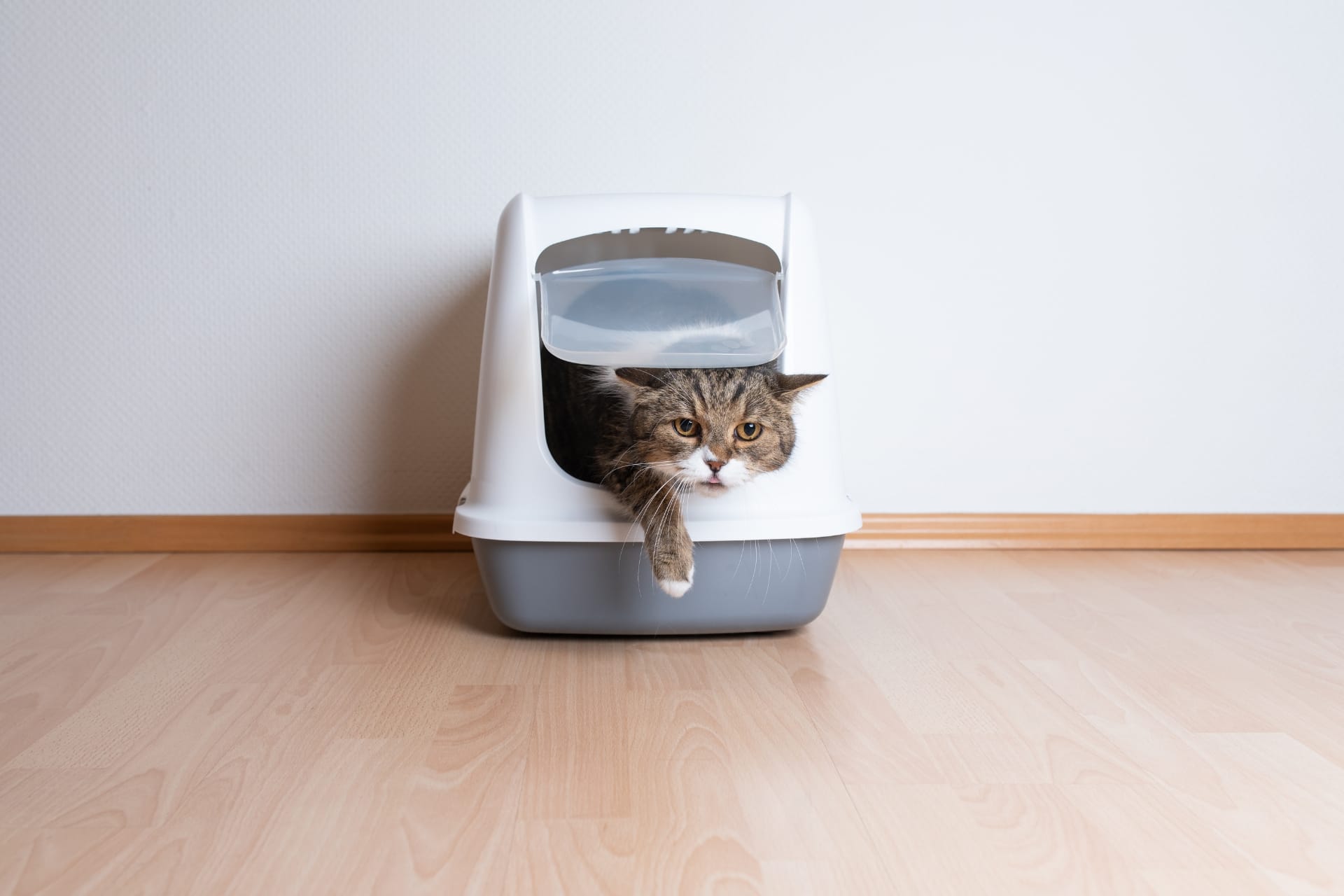TL;DR: Eco-friendly cat litter—like tofu, wood, corn, and paper—cuts dust, odors, and environmental harm compared to clay. Tofu leads for safety and clumping, while others shine for budget or scent. Pick what fits your cat and home for a cleaner, greener litter box.
Why eco-friendly cat litter matters
If your litter box routine feels like a dusty, smelly chore, it’s time to rethink what’s in that box. Traditional clay litter might be cheap, but it’s rough on your cat, your home, and the planet. Eco-friendly cat litter offers a better way—less mess, safer materials, and a nod to keeping the earth a little greener. Here’s why it’s worth considering.
The problem with traditional litter
Clay litter’s the old-school default, but it’s got issues. It kicks up dust that can irritate your cat’s lungs—or yours, if you’re sneezing every scoop. It’s mined from strip quarries, which isn’t exactly a love letter to nature, and it sits in landfills forever. Add in the heavy bags and so-so odor control, and it’s clear why people are looking for something better.
What makes litter “green”?
Eco-friendly litter uses renewable or recycled materials—like soybeans, wood, or corn—that break down naturally. It skips harsh chemicals, reduces dust, and often weighs less, so you’re not hauling a boulder home. Green litters aim to keep your cat healthy, your air clean, and your conscience clear, all while handling the stink of a litter box like a pro.
Types of eco-friendly cat litter
Not sure where to start? There’s a range of green litters out there, each with its own perks. Let’s break down the main players so you can find the right fit.
Tofu cat litter: Soybean superstar
Made from soybean residue, tofu litter’s a standout for its soft pellets and top-notch odor control. It’s dust-free, non-toxic, and biodegradable—some brands even compost or flush (check your pipes first). It clumps well, making scooping a breeze, though it’s pricier than clay (see a comparison here). While tofu’s a top green litter choice, it has some cons worth noting. Curious? Dive deeper into tofu cat litter pros and cons for the full scoop. Want to know about tofu litter’s safety for your cat or home? Read more here.
Wood-based litter: Pine and pellets
Wood litters, often from pine or cedar, come as pellets or granules. They’re great at soaking up moisture and neutralizing smells, with a natural woody scent some cats love. They’re biodegradable and often cheaper than tofu, but clumping can be weak, and pellets might feel odd to picky paws. Perfect for owners wanting a rustic, budget-friendly green option.
Corn litter: Kernel-powered cleanup
Corn litter uses ground kernels to create lightweight, clumping pellets. It’s biodegradable, flushable in small amounts, and rivals tofu for odor control. It’s usually mid-priced but can track more than others, leaving bits around your floor. A solid pick for cats who like a finer texture and owners who want eco without breaking the bank.
Paper litter: Recycled and gentle
Made from recycled newspaper or cardboard, paper litter’s super soft and low-dust, ideal for sensitive cats or post-surgery recovery. It absorbs well but doesn’t clump, so you’ll swap the whole box more often. It’s affordable and green, though odor control lags behind tofu or corn. Great for minimalists who hate dust.
Other green options: Wheat, walnut, and more
Wheat litter clumps tightly and fights odors naturally, though it can be dusty. Walnut litter, made from crushed shells, is dark and absorbent but might stain light fur. Grass or coconut husk litters are newer, niche choices—biodegradable but harder to find. Each has quirks, so test what your cat vibes with.
Comparing eco-friendly litters: Which is best?
Choosing a litter depends on your priorities—cost, cat comfort, or planet-saving power. Here’s how green options stack up across key factors.
Cost and availability
Tofu litter runs $10-$20 for 6-10 liters, pricier than clay ($5-$10) but comparable to premium corn or wood ($8-$15). Paper’s often cheapest ($5-$12), while walnut and wheat vary ($10-$18). Tofu and corn are widely available online and in pet stores; niche options like grass might require hunting. Bulk buys save cash—Petme users often share deal tips—download our app to be the first to snatch those offers.
Odor control and clumping
Tofu and corn lead for odor control, soaking up moisture fast to keep smells locked in. Wood’s decent but can fade over time; paper struggles most. Tofu clumps softly, corn tightly, wheat variably—wood and paper don’t clump, so you’ll refresh more often. For a stink-free home, tofu or corn are your safest bets, especially in multi-cat setups.
Cat comfort and safety
Tofu’s soft pellets are gentle on paws, ideal for sensitive or young cats. Corn’s fine texture works for most, but wood pellets can feel rough. Paper’s plush but messy if wet. All are non-toxic—unlike clay, which can clog if eaten. Tofu’s low dust suits allergy-prone cats; corn and wheat might kick up a bit more.
Environmental impact
All green litters beat clay—they’re renewable and break down naturally. Tofu, corn, and wheat can compost (check local rules); wood’s recyclable if clean. Paper’s recycled but needs frequent changes, upping waste. Walnut’s sustainable but less compostable. Tofu’s flushability (with caveats) gives it an edge for low-waste homes, and can last quite a while.
How to choose the right eco-friendly litter
With so many options, picking a litter feels like choosing a coffee order—overwhelming but doable. Focus on what matters most to you and your cat.
Know your cat’s preferences
Some cats dig fine grains (corn, tofu); others don’t mind chunkier pellets (wood). Sensitive paws? Go soft with tofu or paper. Odor hogs? Tofu or corn. Test a small bag first—your cat’s the boss, and they’ll let you know what’s up. Petme’s community has real-world advice from owners who’ve tried it all.
Consider your home setup
Small apartment? Tofu or corn keep odors tight. Multi-cat chaos? Clumping litters like tofu save time. Got allergies? Stick to dust-free options. If you’re rural, wood’s easy to compost; urban folks might lean flushable (carefully). Match the litter to your space, and scooping won’t feel like a second job.
Budget and bulk buying tips
Green litters cost more than clay, but deals help. Buy tofu or corn in 20-liter bulk bags online to cut costs—$30 can last two months for one cat. Subscribe for discounts or join Petme to swap savings tips with other owners. Don’t skimp on quality; cheap knockoffs often clump poorly and waste money.
Your inbox needs this
Subscribe to the Petme newsletter for weekly updates with pet care tips, tales, and member-only perks.

Switching to eco-friendly litter: Tips for success
Cats aren’t fans of change—new litter can spark a standoff. Here’s how to make the switch smooth and keep the peace.
Gradual transition tricks
Start with a mix—25% new litter (say, tofu), 75% old. Over 10-14 days, shift to 50-50, then 75-25, until it’s all green. Sprinkle some old litter on top to keep the scent familiar. If your cat balks, slow down; forcing it risks accidents. A happy cat means a happy you.
Keeping the box fresh
Scoop daily—green litters like tofu shine here, trapping odors fast. Replace fully every 2-4 weeks, depending on cats and litter type (paper needs it sooner). Store bags in a dry spot to avoid clumps. A clean box keeps your cat loyal and your home smelling like, well, not a litter box.
Conclusion: Go green with confidence
Eco-friendly cat litter isn’t just better for the planet—it’s a win for your cat’s health and your home’s vibe. Tofu’s a crowd-pleaser with its safety and odor control, but corn, wood, and paper have their own charm. Whatever you choose, you’re making a smarter choice than clay. Want real owner tips or brand recs? Join Petme’s community to swap ideas and find what works. Your cat’s ready for the green life—let’s make it happen. 😉
FAQs
What’s the best eco-friendly cat litter?
Tofu’s great for clumping and safety; corn’s budget-friendly with strong odor control. It depends on your cat’s texture preference.
Is eco-friendly cat litter safe for cats?
Yes—options like tofu and corn are non-toxic and low-dust, safer than clay for eating or breathing risks.
Can you flush eco-friendly cat litter?
Some, like tofu and corn, are flushable in small amounts, but check plumbing and local rules to avoid clogs.
How much does eco-friendly litter cost?
Tofu’s $10-$20 per bag, corn and wood $8-$15, paper $5-$12—bulk buys cut costs for green savings.
Does eco-friendly litter control odor better?
Tofu and corn often beat clay for fast absorption; wood’s decent, paper less so—daily scooping maximizes freshness.











